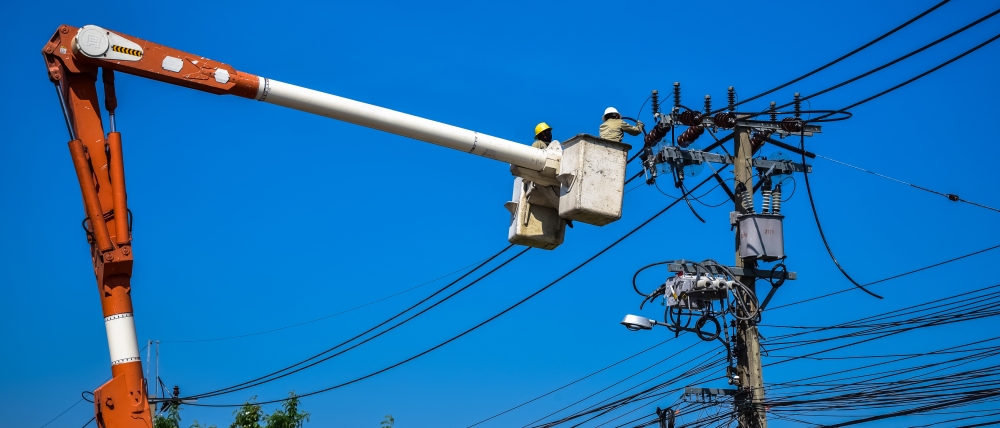
Small teams that need to troubleshoot electrical systems in a manufacturing or construction site often do not have the luxury of advanced equipment or specialized knowledge. This could be due to their scope of operations or the absence of skilled electricians in the area they are working. Other significant challenges they may face include:
- Small budgets to work on that do not support buying specialist testing equipment.
- In the absence of specialist engineers, the team may have to do multitasking.
- Tracking timely audits and calibration of electrical test equipment. All test equipment must carry a calibration certificate, which is valid for a year.
- Limited knowledge of storing, repairing, and maintaining test equipment for long life.
- Less exposure to training led by professionals in the electrical industry.
Top Electrical Troubleshooting Tools for Small Teams
Given such challenges, it makes more sense for them to have troubleshooting equipment that fits the budget, are multi-purpose, and do not require extensive training before use. Some popular equipment that can come handy for troubleshooting electrical systems are listed below:
- Digital multimeters – Nobody needs to worry about carrying separate devices to measure current, voltage, resistance, and capacitance for AC and DC circuits – the versatile digital multimeter is something your team should have readily available. Some digital multimeters provide robust data logging capabilities that can help you monitor and analyze results.
- Battery testers – Many equipment at construction sites or in manufacturing facilities use batteries. Battery testers can help you analyze the life expectancy of the batteries using data transmitted on a display unit, and take preventive measures. Proactive use of battery testers saves time and money spent on replacing the batteries and disruptions in work. Battery hydrometers can help you measure the gravity of electrolytes. The greater the concentration of sulfuric acid, the greater the charge.
- Vibration sensors – Most manufacturing units use machines with rotating parts such as motors and drives that wear out over time, causing shaft imbalance, looseness, misalignment, and bearing wear. If these issues are left unchecked, they can lead to bigger issues that will be more expensive to deal with in the future. Vibration sensors, coupled with a condition monitoring software, can track changes in machine movement and temperature over time.
- Contactless thermal cameras – Manufacturing units need to monitor their equipment regularly for overheating in order to avoid long term expensive repairs. Contactless thermal cameras can help monitor the operating temperature without having to open the cover. They usually work within a temperature range of -20OC to 150OC.
- Infrared thermometers – HVAC systems need servicing and repairs just about any time of the year. Infrared thermometers can help you keep track of the operating temperature of the HVAC system by monitoring the electric heating coil, steam trap, power supplies, boiler water, thermostat accuracy, and parameters like refrigerant coil surface temperature and condenser temperature.
- Electrical testers – Verify the absence of voltage or current quickly and without having to use test leads with an electrical tester. This will help you determine whether it’s a defective breaker or problem with a power source so that you can decide the next steps in repair.
Best Practices for Electrical Troubleshooting
Companies that employ small teams of electrical engineers & technicians should ensure that they undergo regular drills and training. While drills can be in-house, external training can be done with specialist agencies. Regular training helps stay up to date with the best practices and avoid accidents on the job.
1. Use the right equipment – It is important to use the right equipment for the job to ensure the safety and prevention of any damage to the machine or circuit that you are testing. If your team cannot easily invest in new equipment, consider renting the latest electrical testing equipment for major projects or specialized needs.
2. Check the testing equipment health – The testing equipment you use should be of a relevant CAT rating that is suitable to the kind of circuit you are testing. You also need to ensure that the equipment is checked and calibrated on time by qualified personnel to provide accurate readings.
3. Learn to draw and analyze schematic diagrams – Before diving right into troubleshooting and ripping out the wires, try to draw a schematic diagram and analyze what the circuit is doing. This will save you from unnecessary trial-and-error and possible damage to the equipment.
4. Personal Protection Equipment (PPE) Kit – All electrical testing jobs should be considered as a source of potential threats that can cause shocks, electrocution, burns, or even death. Electrical engineers must give safety top priority by using PPE kits that can save from shocks, arc flashes, or arc blasts.
5. Take an electrical troubleshooting training course – A refresher course in troubleshooting will help you keep your skills updated. A troubleshooting course should cover troubleshooting techniques, assessment of circuits, basic information of circuits in HVAC systems, motors, hydraulic systems, pumps, and air compressors, understanding of logical circuits, transformers, ground fault and overload protection, and switches.
Conclusion
Whether you are checking basic parameters such as voltage, current, resistance, inductance, or capacitance, or identifying component level defects, it is important to have the right set of tools handy.
Electrical test equipment, if used properly, can save you from the expenses of frequent repair and calibration. Keep yourself updated with the latest test equipment in the market so your business can upgrade to the best tools available to make accurate measurements and deliver on timely troubleshooting of electrical systems.
